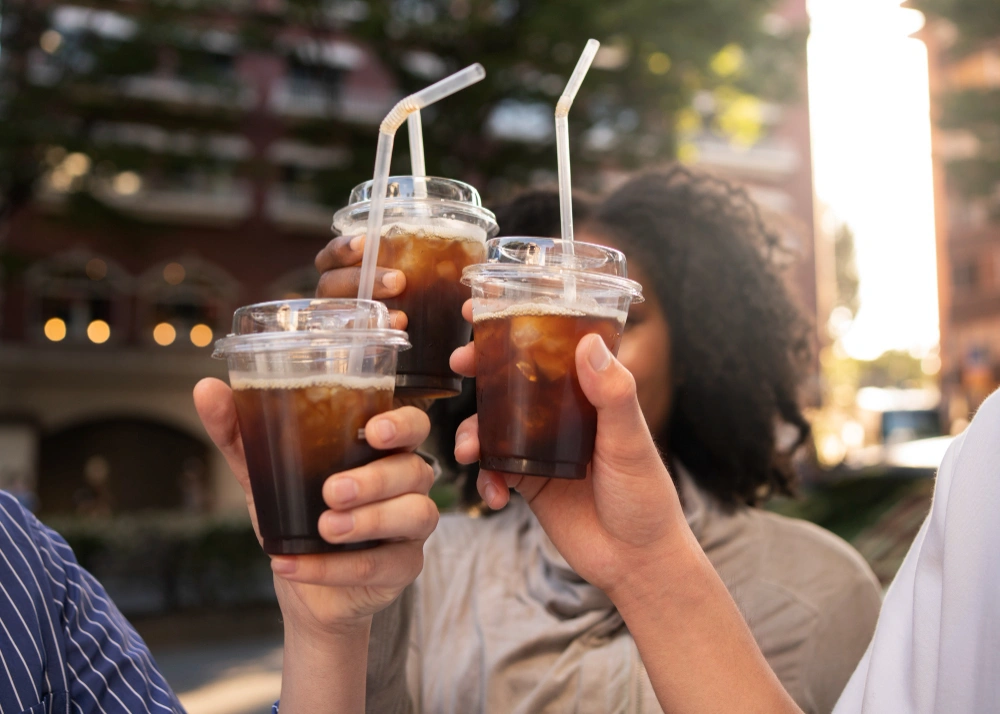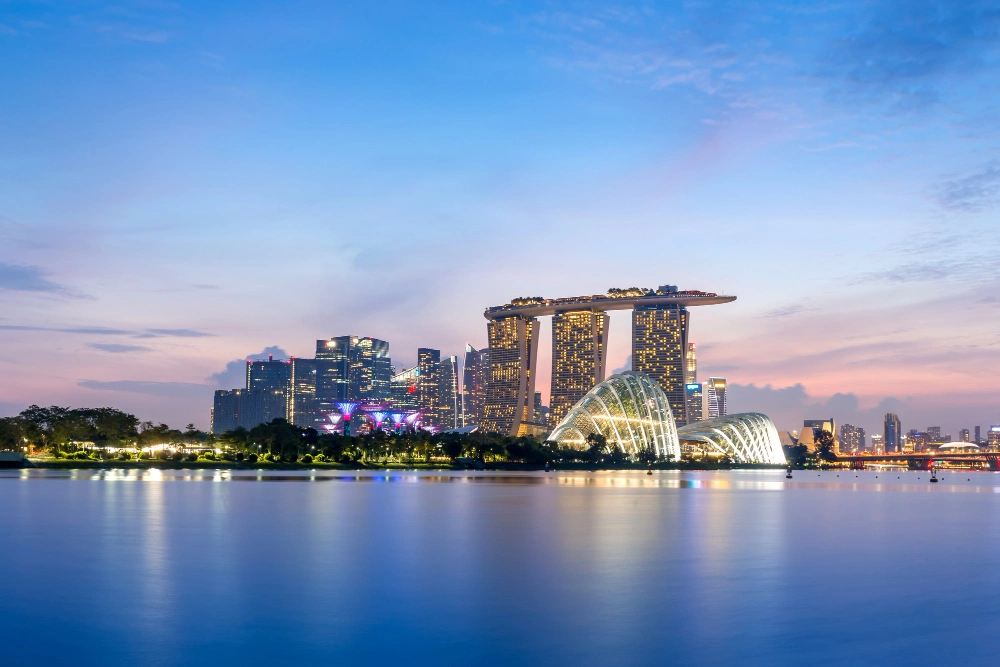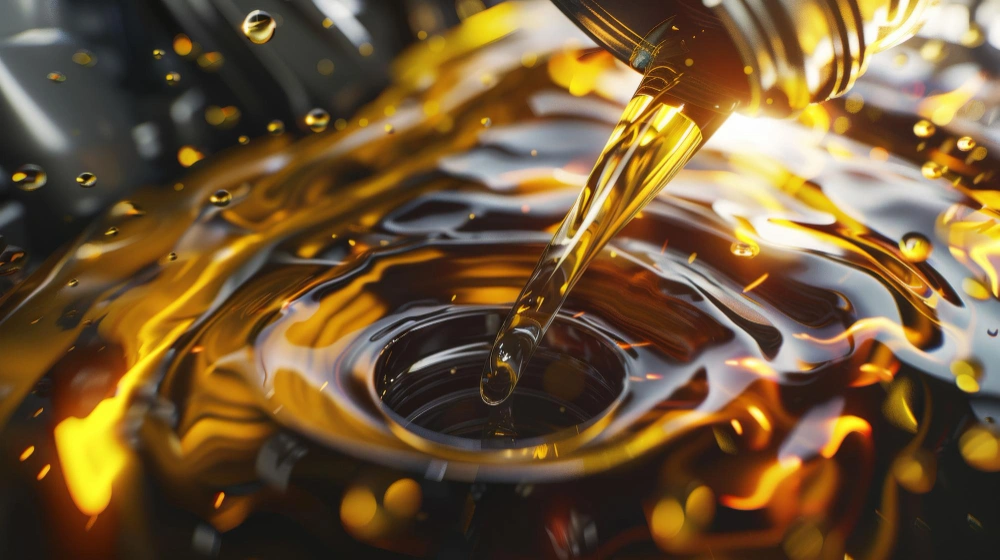
I am republishing this article on my website because my remarks were quoted in the original piece. The original article was published in 2010 on the CampaignAsia.com website.
VIETNAM – Last year was a big one for soft drinks in Vietnam, with local and global beverage brands seeing double-digit growth in sales of new product variants supported by ever-larger sums for advertising.
Beverage advertising — including alcoholic brands — grew 93 percent to US$36.1 million during the first half of 2009, according to TNS Vietnam. That performance outpaced all other industries, allowing beverages to become the fourth-largest advertiser behind:
- Telecoms (US$61.6 million)
- Food (US$49.6 million)
- Hygiene and beauty (US$43.8 million)
Of that, soft drink ad spend totaled US$4.1 million in the first six months alone. By November, it had broken the US$8 million mark.
In Vietnam, brand owners have no choice but to advertise. The country’s increasingly prosperous 86 million consumers are in the midst of a generational shift in drinking behavior, with the young forgoing premise-brewed water and teas in favor of commercial, pre-packaged soft drinks. Per capita consumption, though modest at 9.5 liters per person in 2008 (Euromonitor), is still climbing — undeterred by an average price increase of nearly 20 percent in 2009.
New Categories and Competition
One key driver is the proliferation of newly launched brands on Vietnamese store shelves — each backed by significant advertising and promotional spend to stand out. New drink categories are emerging in a market historically dominated by inexpensive bottled water and traditional carbonated soft drinks (CSDs).
Back in 1994, when the U.S. ended its 19-year trade embargo against Vietnam, U.S.-based cola giants Coca-Cola and Pepsi returned to Saigon. By 2003, CSDs accounted for 273.1 million of the 549.7 million liters of soft drinks consumed annually, representing VND4.1 trillion of the total VND7.2 trillion in value.
But by 2008, the market flattened. CSD sales slid 6.6 percent to 255 million liters, though total value rose slightly to VND4.4 trillion due to price hikes. Today, Coca-Cola and Pepsi still dominate Vietnam’s CSD segment. In the off-trade channel, each holds four of the top 10 carbonated beverage spots:
- Pepsi: Mirinda (16.6%), Pepsi Cola (14.9%), 7-Up (10.8%), Evervess (1.2%)
- Coca-Cola: Coca-Cola (12.7%), Sprite (10.1%), Fanta (8.3%), Schweppes (1.9%)
Only two local companies — Saigon Beverages JSC (Tribeco) and Chuong Duong — produce carbonated drinks.
Market Outlook
Damien Duhamel, managing director of Solidiance, sees Vietnam’s declining CSD sales as a temporary dip:
“Most emerging markets are big consumers of CSDs because diet and sugar intake issues are of remote importance,” says Duhamel.
Including non-carbonated beverages, Coca-Cola Vietnam posted 12 percent growth in 2009. “We believe the Vietnamese CSD market will expand another 40 percent between 2010 and 2015,” adds Duhamel. This aligns with Coca-Cola’s September 2009 announcement that it would invest another US$200 million in Vietnam over the next three years.
Beyond Carbonated Drinks
Another multinational success is Nestlé, which leads the bottled water segment with La Vie. Pepsi (Aquafina) and Coca-Cola (Joy) also compete here, giving MNCs control over half of this sub-category.
In functional drinks, three foreign brands dominate with 38 percent market share:
- Sting (Pepsi)
- Red Bull
- Samurai (Coca-Cola)
However, in other categories, local brands are outmaneuvering global players. Ready-to-drink (RTD) teas — though still a minor segment — grew 45.5 percent annually from 2003 to 2008, reaching nearly 50 million liters in sales last year.
Tan Hiep Phat Group’s Zero Degree Green Tea led with 44 percent of RTD tea sales in 2008. Universal Robina Corp’s C2 Cool & Clean followed with 29.3 percent. Western MNCs collectively struggle to claim even five percent of this market.


